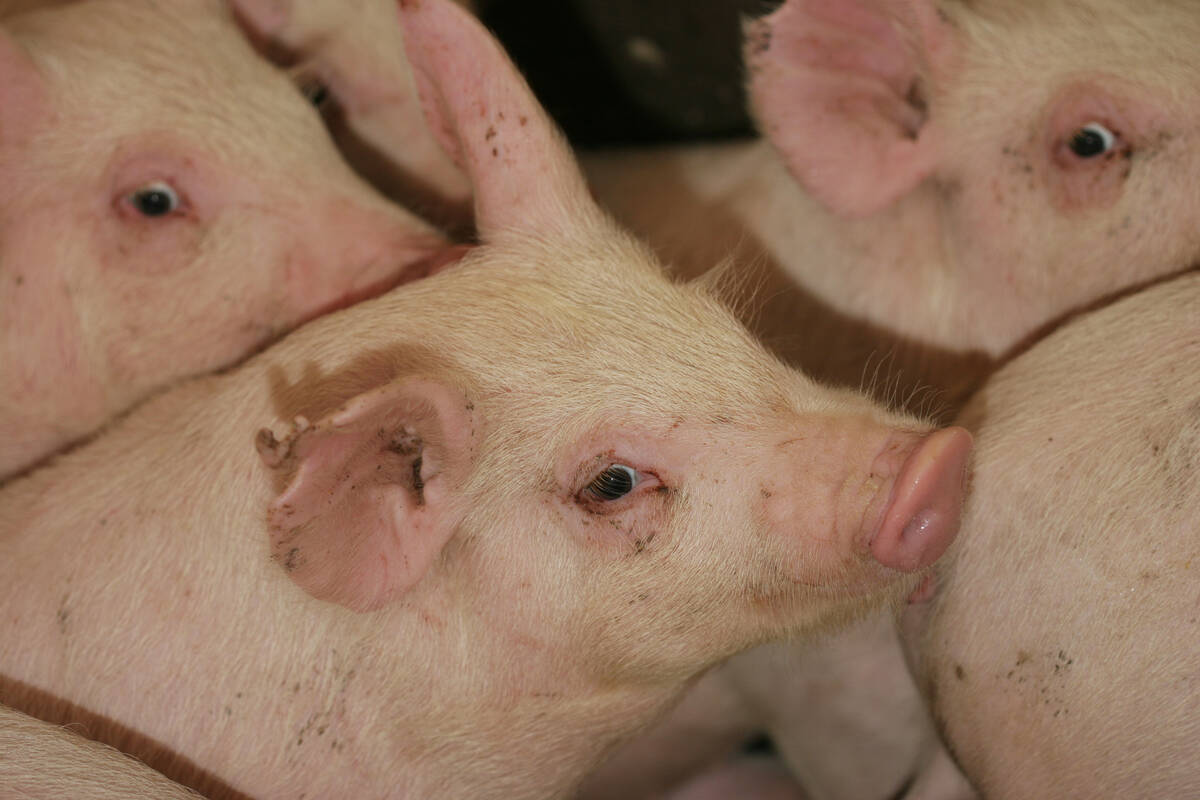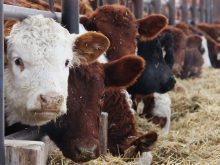LETHBRIDGE – The average Canadian pork consumer is often middle-aged with an income of more than $50,000 who wants to buy domestically produced meat.
Serving that group and finding new fans is one of the many challenges the pork industry faces as it seeks to build a wider customer base among those who can afford to buy a variety of food products.
“One of the problems we do have is our pork consumers tend to be older,” Pork Marketing Canada chief Roy Kruse told a recent producer meeting in Lethbridge.
Read Also

The Western Producer Livestock Report – September 25, 2025
The U.S. national live price average for barrows and gilts was $81.21 Sept. 17. It was $78.37 Sept. 9. U.S. hogs averaged $106.71 on a carcass basis Sept. 17, up from $106.10 Sept. 9.
“We need to appeal to the younger generations because once those older guys are gone we need someone to buy our product.”
Recent consumer studies indicate price is not a major concern for buyers who assume they are buying Canadian grown pork.
However, a lot of pork is entering the country from the United States, and there is nothing at the retail case to distinguish Canadian pork from imported product.
“Canadians assumed that the product that was in the retail meat counter was Canadian,” he said.
Kruse said his organization, which is the pork industry’s marketing arm, is developing a program with retailers and food service to convince consumers to ask for Canadian pork, such as attaching a special logo identifying pork as domestic.
A recent survey found that 90 percent of Canadians want local pork, with demand highest in Alberta at 99 percent. Many also said they would pay more for domestic pork.
In Alberta, Sunterra Markets in Calgary and Edmonton and Save-On Foods attach labels to Canadian pork identifying it as domestically produced. Maple Leaf is planning to do the same.
As well, the council is working with Canada’s two main food distributors, Gordon’s Food Service and Sysco, to sell more Canadian pork.
One initiative to boost sales is to develop a marbled pork for the food service industry, where people expect a higher quality meat. Dave Old of Alberta Pork said applying a grade to a marbled product may take longer for consumers to accept because they tend to reject the fattier product at the meat counter.
The National Pork Producers in the U.S. has defined the levels of acceptable marbling that give Canada a baseline to develop its own program. The grades would be similar to what was developed in the beef industry more than 15 years ago, but the pork trade would have its own nomenclature to identify each grade. It also needs to be a national program that has consistent standards that could be included in the attributes of existing brands.
“It will be a brand within a brand,” Old said.
The University of Alberta has proposed a study to look for genomic markers for marbling attributes in breeding animals that could be passed on to offspring.
These plans fit with Alberta Pork’s new strategy to rebuild the industry with its dwindling producer base.
Pork manager Paul Hodgman said that means finding a new way of doing business on many fronts to sustain what remains of the industry.
The producer organization has adopted a theme of urgency to come up with more market research to give customers what they want, improve incomes, reduce costs and initiate pilot projects and investment strategies.















